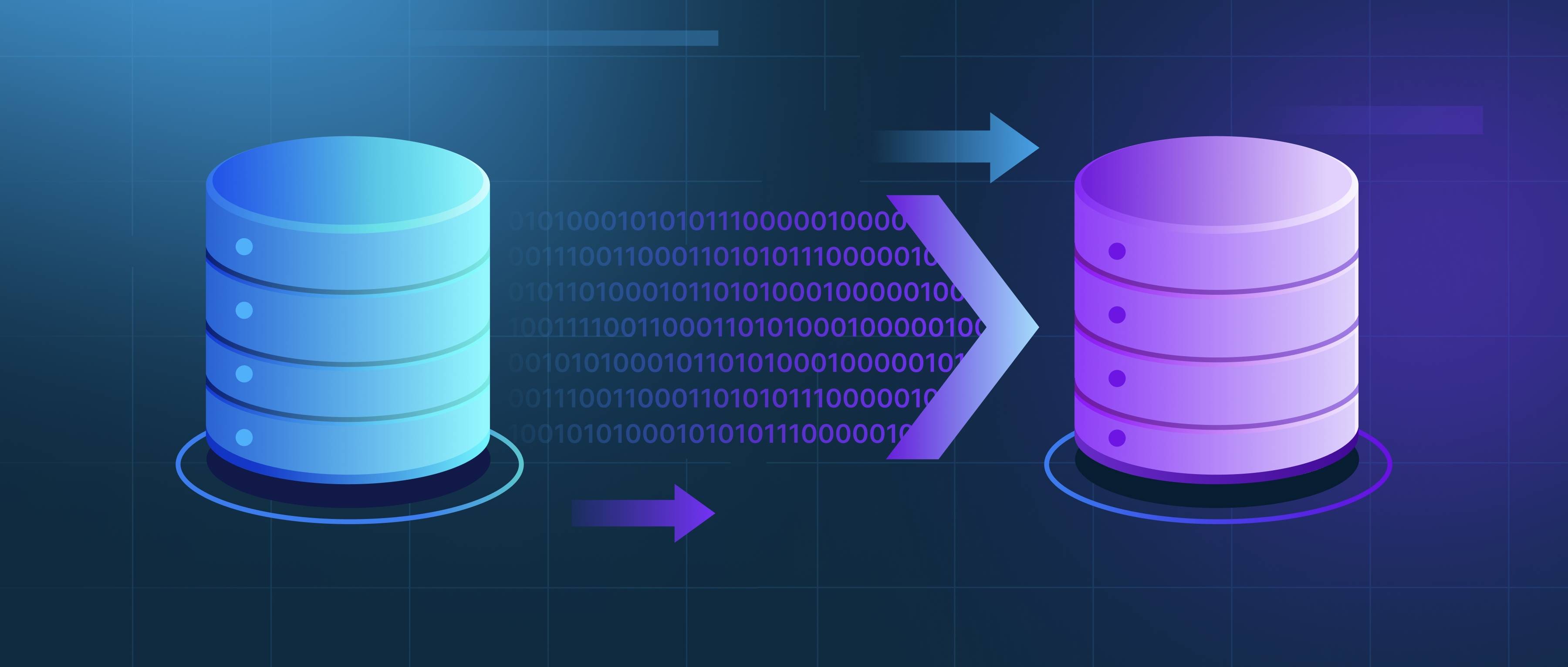Integrating LlamaIndex with a content management system (CMS) involves several steps to ensure that the data flows smoothly between the CMS and the LlamaIndex framework. The first step is to understand the type of CMS you are using, as different systems may have unique APIs or database structures. Popular CMS like WordPress, Drupal, or Contentful will have different integration methods. Generally, you will need to connect LlamaIndex to the CMS by fetching the content data, which could include text, images, videos, or other multimedia. This can usually be achieved through the CMS’s REST API or a direct database connection.
Once you are able to retrieve the content from the CMS, the next phase is to process and format this data for use in LlamaIndex. LlamaIndex is designed to store and index unstructured data, so you will need to transform the content into an appropriate format. For instance, if you are dealing with a blog, you would likely want to collect categories, tags, and metadata, along with the main blog text. You can use code snippets in languages like Python or JavaScript to automate the extraction and formatting of this content. Tools and libraries that can parse HTML or JSON responses will come in handy here.
Finally, after formatting the data correctly, you will insert it into LlamaIndex. This will involve setting up LlamaIndex to accept data according to its schema and indexing requirements. You can achieve this through API calls or library functions provided by LlamaIndex. Testing the integration regularly is crucial to ensure that the content remains synchronized between the CMS and LlamaIndex. Additionally, consider creating a cron job or a webhook to keep the data updated automatically whenever new content is published or existing content is modified in the CMS. This approach guarantees that LlamaIndex always reflects the latest data, enhancing its search and retrieval functionality.
